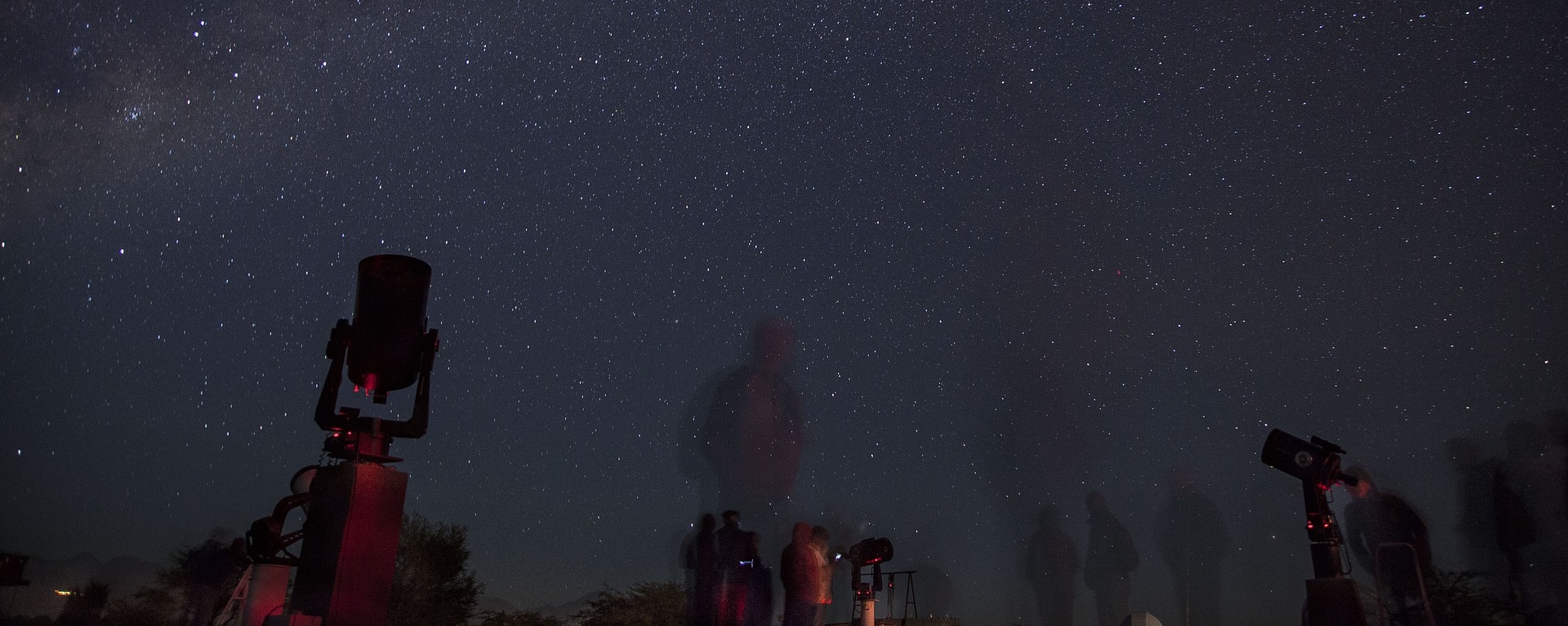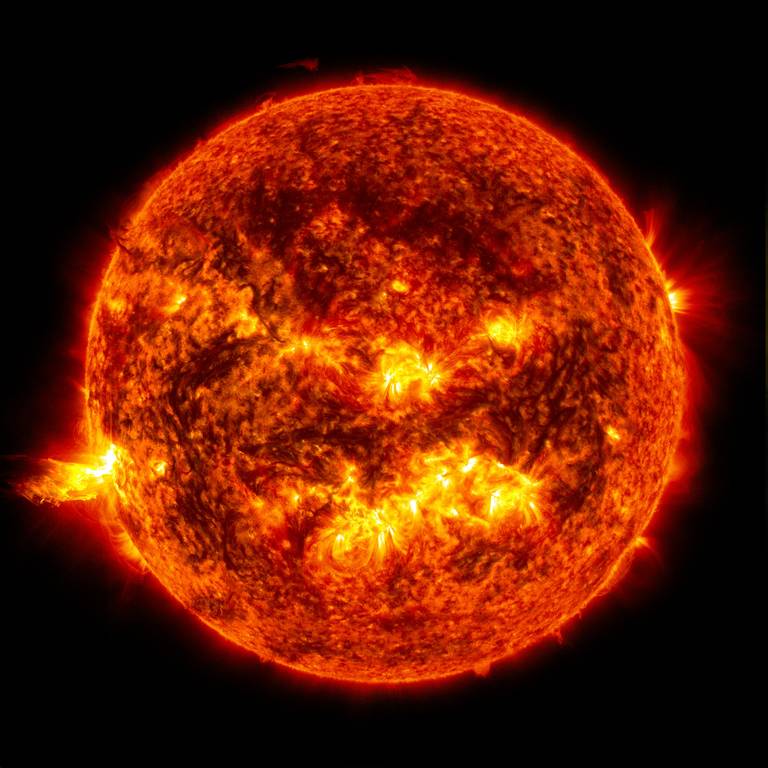Telescope for Beginners: Visual Astronomy or Astrophotography?

So, you’ve spent a fair amount of time researching telescopes at your local astronomy shop as well as online and you’ve skimmed through all the Internet forums and websites you could find in the hope of deciding on your first telescope. You want to observe all the objects (astronomers also use the word targets) that you can see in the sky—the Moon, the planets, galaxies and nebulae—and, of course, you may want to immortalize some of these sights with your camera.
Solar system or deep-sky objects?
A Telescope for Taking Photographs of the Planets
Before we go any further, it’s necessary to point out that astronomers usually differentiate objects located inside the Solar system from those they call deep sky objects located outside of it. Objects located within our solar system are usually bright and most can be seen with the naked eye: obviously the Sun and the Moon, but also the planets Mars, Jupiter and Saturn. The so-called deep sky objects, on the other hand, are located far away, either somewhere inside our Milky Way galaxy, or outside of it. Save for the rare exceptions like the Andromeda galaxy—and provided that you are lucky enough to live where there are dark skies and no light pollution—deep sky objects cannot be seen without the help of some kind of optical instrument—not necessarily because they are too small, but because they are too dim.
Does magnification matter?
At this point we need to disavow the widely held idea that a good telescope must have high magnification, or that the higher the magnification, the better the view. While this may be true in certain contexts, it is false in many others. Telescopes possess two main characteristics: the focal length and the aperture. The focal length determines the magnification of the instrument: the longer the focal length, the higher the magnification. Unfortunately, this also means that there is a narrower field of view (meaning the portion of the sky you see through the eyepiece will be smaller). Yet there will also be less luminosity (thus whatever you are observing will appear dimmer). The aperture—the diameter of the lens, or of the mirror—determines the quantity of light that your instrument is able to collect, and thus also determines how bright the objects will appear and the level of detail you will see. In an ideal world, you’ll want a telescope that has a high focal length and a large aperture. However, unless you have an observatory (preferably on top of a mountain) and a substantial budget, you’ll have to settle for one or the other.
Focal length and field of view? Telescopes for beginners
How to decide on your first telescope?
It’s a complicated question and the answer depends on what you are hoping to do with it. This is where the dichotomy between astrophotography and visual astronomy comes into play, since these are two very different practices.
We’ll explore them more in detail in the two following articles:







